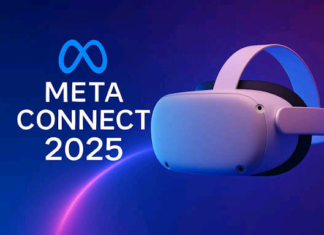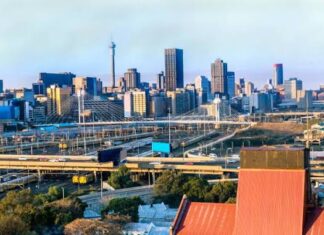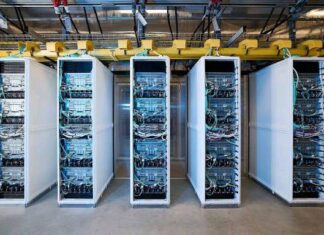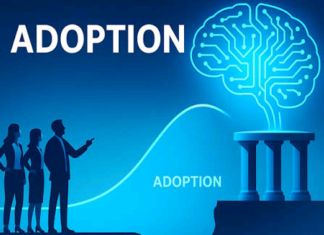When you purchase through links on our site, we may earn an affiliate commission. This doesn’t affect our editorial independence.
AI-powered mineral exploration took a new turn last summer when mining startup KoBold made a splash. It said it had discovered one of the world’s largest copper deposits in Zambia in more than a decade.
More recently, Earth AI, another startup, exclusively revealed its discovery with a promise of deposits of critical minerals in parts of Australia that other mining outfits had neglected for decades. While it’s still unknown whether they are as large as KoBold’s, the news suggests that future supplies of critical minerals will likely emerge from a combination of field data parsed by artificial intelligence.
According to Roman Teslyuk, the founder and CEO of Earth AI, “The actual, real frontier in mining is not so much geographical as it is technological.”
Earth AI has identified copper, cobalt, and gold deposits in the Northern Territory and silver, molybdenum, and tin at another site in New South Wales, 310 miles (500 kilometres) northwest of Sydney.
The zeal for AI-powered mineral exploration was rediscovered via the Earth AI graduate studies by Teslyuk. Teslyuk is a native of Ukraine who worked toward a doctorate at the University of Sydney. He became familiar with Australia’s mining industry, hence the need for exploration. In Australia, the government owns the rights to mineral deposits and leases them in six-year terms. Since the 1970s, he said, exploration companies must submit their data to a national archive.
“For some reason, nobody’s using them,” he said. “If I could build an algorithm that can absorb all that knowledge and learn from the failures and successes of millions of geologists in the past, I could make much better predictions about where to find minerals in the future.”
Teslyuk started Earth AI as a tool for AI-powered mineral exploration to operate as a software company focused on predicting potential deposits and approaching customers interested in exploring sites further. However, the customers were hesitant to invest, partly because they didn’t want to bet millions on the predictions of an untested technology.
“Mining is a very conservative industry,” Teslyuk said. “Everything outside of the approved dogma is considered heresy.”
In reaction, Earth AI decided to develop its drilling equipment to prove that the sites it identified were as promising as its software suggested. The company was accepted to Y Combinator’s Spring 2019 cohort and spent the next few years refining its hardware and software. In January, Earth AI raised a $20 million Series B.
AI-powered mineral exploration took another turn through the company’s usage of AI to search for minerals like KoBold. Teslyuk confirms it takes a different tack. Earth AI’s algorithms, he said, are trained to scan broad areas quickly and efficiently to find deposits that might otherwise have been overlooked.
“The way we used to explore metals in the past, the 20th century, it just took very, very long. It takes decades to find something,” Teslyuk said. “With the modern pace of the world, you just can’t wait for that long.”
You can also read:
OpenAI Voice Mode Update Brings Fewer Interruptions and a More Engaging Assistant







